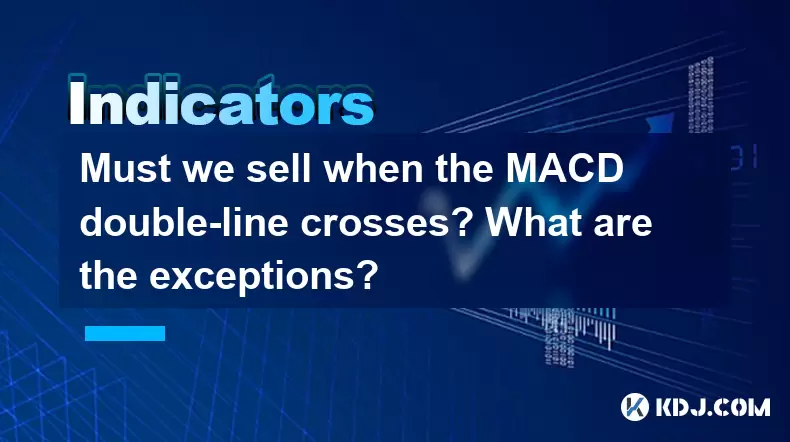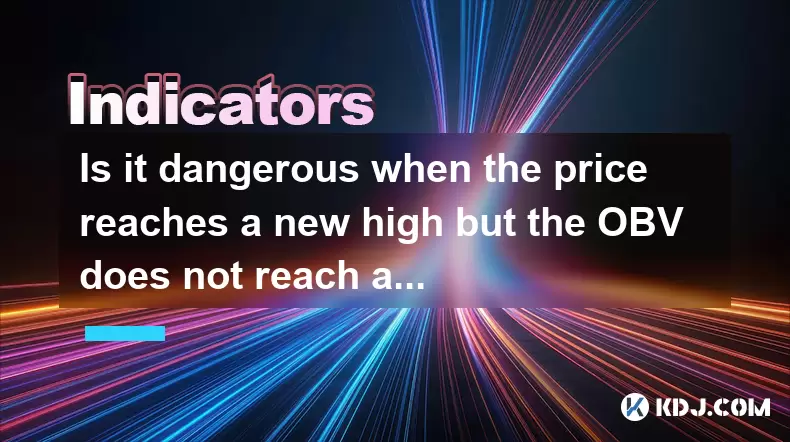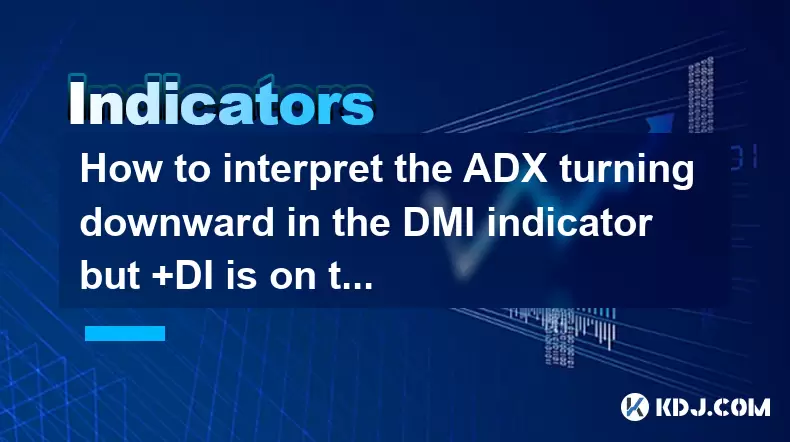-
 Bitcoin
Bitcoin $106,754.6083
1.33% -
 Ethereum
Ethereum $2,625.8249
3.80% -
 Tether USDt
Tether USDt $1.0001
-0.03% -
 XRP
XRP $2.1891
1.67% -
 BNB
BNB $654.5220
0.66% -
 Solana
Solana $156.9428
7.28% -
 USDC
USDC $0.9998
0.00% -
 Dogecoin
Dogecoin $0.1780
1.14% -
 TRON
TRON $0.2706
-0.16% -
 Cardano
Cardano $0.6470
2.77% -
 Hyperliquid
Hyperliquid $44.6467
10.24% -
 Sui
Sui $3.1128
3.86% -
 Bitcoin Cash
Bitcoin Cash $455.7646
3.00% -
 Chainlink
Chainlink $13.6858
4.08% -
 UNUS SED LEO
UNUS SED LEO $9.2682
0.21% -
 Avalanche
Avalanche $19.7433
3.79% -
 Stellar
Stellar $0.2616
1.64% -
 Toncoin
Toncoin $3.0222
2.19% -
 Shiba Inu
Shiba Inu $0.0...01220
1.49% -
 Hedera
Hedera $0.1580
2.75% -
 Litecoin
Litecoin $87.4964
2.29% -
 Polkadot
Polkadot $3.8958
3.05% -
 Ethena USDe
Ethena USDe $1.0000
-0.04% -
 Monero
Monero $317.2263
0.26% -
 Bitget Token
Bitget Token $4.5985
1.68% -
 Dai
Dai $0.9999
0.00% -
 Pepe
Pepe $0.0...01140
2.44% -
 Uniswap
Uniswap $7.6065
5.29% -
 Pi
Pi $0.6042
-2.00% -
 Aave
Aave $289.6343
6.02%
Must we sell when the MACD double-line crosses? What are the exceptions?
A bearish MACD crossover isn't always a sell signal—consider trend strength, support levels, volume, and other indicators to avoid premature exits in crypto trading.
Jun 16, 2025 at 06:56 pm

Understanding the MACD Indicator and Its Role in Trading
The Moving Average Convergence Divergence (MACD) is one of the most widely used technical indicators in cryptocurrency trading. It consists of two lines—the MACD line and the signal line—along with a histogram that represents the difference between these two lines. When the MACD line crosses above or below the signal line, it generates a potential buy or sell signal, respectively.
Many traders interpret a bearish MACD crossover, where the MACD line crosses below the signal line, as an indication to sell or short a position. However, relying solely on this signal without considering market context can lead to premature exits or missed opportunities. The MACD double-line crossover should not be treated as a definitive trigger for selling but rather as part of a broader analytical framework.
Why the MACD Crossover Alone Isn't Always Reliable
In fast-moving crypto markets, price action often leads indicators, which means that by the time the MACD crossover occurs, the trend may have already reversed or entered a consolidation phase. For example, during strong uptrends, a brief bearish crossover might appear due to a temporary pullback, only for the price to resume its upward trajectory shortly afterward.
Traders who act impulsively on such crossovers risk selling at suboptimal levels. This is especially true in volatile conditions where whipsaws are common. Therefore, it's crucial to assess the strength of the trend using other tools like volume, support/resistance levels, or moving averages before deciding to sell based solely on a MACD double-line crossover.
Key Exceptions Where You Shouldn't Sell on a MACD Crossover
There are several scenarios where a MACD crossover should not prompt a sell order:
- During a Strong Uptrend: If the price remains above key moving averages (e.g., 20-day or 50-day EMA), a bearish MACD crossover could simply reflect profit-taking rather than a reversal.
- At Major Support Levels: If the price is approaching a historically significant support zone, the bearish signal may be invalidated once the price bounces off that level.
- With Low Volume Confirmation: A MACD crossover accompanied by low trading volume often lacks conviction and may not represent genuine selling pressure.
- Within a Consolidation Pattern: In sideways markets, frequent crossovers occur without meaningful directional movement, making them unreliable for timing exits.
- When the Histogram Is Shrinking: A decreasing MACD histogram suggests weakening momentum, but not necessarily a reversal. Selling immediately after a crossover in such cases may not be prudent.
Each of these exceptions highlights the importance of contextual analysis when interpreting MACD signals.
How to Combine MACD with Other Indicators for Better Accuracy
To avoid false signals from the MACD double-line crossover, traders should combine it with complementary tools:
- Use Moving Averages: Confirm whether the price is above or below key moving averages. If it remains above, the uptrend may still be intact.
- Check RSI Readings: The Relative Strength Index (RSI) helps identify overbought or oversold conditions. A bearish MACD crossover during oversold conditions may indicate a buying opportunity rather than a sell signal.
- Observe Volume Patterns: Increasing volume during a crossover strengthens the validity of the signal, while declining volume suggests hesitation among traders.
- Analyze Candlestick Formations: Reversal patterns like hammers, engulfing candles, or morning stars near support levels can override a bearish MACD signal.
- Consider Fibonacci Retracement Levels: These help determine whether a pullback is normal within the larger trend or a sign of reversal.
By integrating these elements, traders can better judge whether a MACD crossover warrants a sell or if it's just noise in the overall trend.
Practical Steps to Evaluate a MACD Sell Signal
Here’s how you can evaluate whether to act on a MACD crossover:
- Identify the Trend: Determine if the asset is in an uptrend, downtrend, or sideways movement using higher timeframes like the daily or weekly chart.
- Assess Key Support/Resistance Levels: Check if the price is near critical zones that could invalidate the bearish signal.
- Compare with Volume Data: Look at the volume accompanying the crossover. High volume adds credibility to the signal.
- Review RSI and Price Action: Ensure that the RSI isn’t showing divergence or extreme readings that contradict the MACD.
- Wait for Confirmation: Instead of acting immediately, wait for additional confirmation like a breakdown below a moving average or a bearish candlestick pattern.
Following these steps allows traders to filter out false signals and make more informed decisions regarding MACD-based sell signals.
Frequently Asked Questions
Q: Can I use MACD effectively in all market conditions?
A: While the MACD indicator is versatile, it performs best in trending markets. In choppy or sideways conditions, it tends to generate numerous false signals, so caution is advised.
Q: What timeframes are best suited for analyzing MACD crossovers?
A: Higher timeframes like the 4-hour or daily charts tend to provide more reliable MACD crossover signals. Shorter timeframes increase the likelihood of noise and false triggers.
Q: How do I know if a MACD crossover is a real reversal or just a pullback?
A: Look for confluence with other indicators such as volume, RSI, and moving averages. Also, observe how the price reacts around key support/resistance levels to confirm the validity of the crossover.
Q: Are there alternative indicators that work better than MACD in crypto trading?
A: While MACD is popular, other tools like Ichimoku Cloud, Awesome Oscillator, or Volume Profile can offer different insights. Many traders use a combination of indicators to enhance decision-making accuracy.
Disclaimer:info@kdj.com
The information provided is not trading advice. kdj.com does not assume any responsibility for any investments made based on the information provided in this article. Cryptocurrencies are highly volatile and it is highly recommended that you invest with caution after thorough research!
If you believe that the content used on this website infringes your copyright, please contact us immediately (info@kdj.com) and we will delete it promptly.
- 2025-W Uncirculated American Gold Eagle and Dr. Vera Rubin Quarter Mark New Products
- 2025-06-13 06:25:13
- Ruvi AI (RVU) Leverages Blockchain and Artificial Intelligence to Disrupt Marketing, Entertainment, and Finance
- 2025-06-13 07:05:12
- H100 Group AB Raises 101 Million SEK (Approximately $10.6 Million) to Bolster Bitcoin Reserves
- 2025-06-13 06:25:13
- Galaxy Digital CEO Mike Novogratz Says Bitcoin Will Replace Gold and Go to $1,000,000
- 2025-06-13 06:45:13
- Trust Wallet Token (TWT) Price Drops 5.7% as RWA Integration Plans Ignite Excitement
- 2025-06-13 06:45:13
- Ethereum (ETH) Is in the Second Phase of a Three-Stage Market Cycle
- 2025-06-13 07:25:13
Related knowledge

How to interpret the low opening the next day after the long lower shadow hits the bottom?
Jun 18,2025 at 12:22am
Understanding the Long Lower Shadow Candlestick PatternIn technical analysis, a long lower shadow candlestick is often seen as a potential reversal signal in a downtrend. This pattern occurs when the price opens, trades significantly lower during the session, but then recovers to close near the opening price or slightly above. The long wick at the botto...

How to operate the RSI indicator repeatedly in the 40-60 range?
Jun 18,2025 at 12:56am
Understanding the RSI Indicator and Its RelevanceThe Relative Strength Index (RSI) is a momentum oscillator widely used in cryptocurrency trading to measure the speed and change of price movements. Typically, the RSI ranges from 0 to 100, with levels above 70 considered overbought and below 30 considered oversold. However, when the RSI repeatedly stays ...

Why is the volume ratio suddenly enlarged three times but the price fluctuation is small?
Jun 18,2025 at 04:42am
Understanding the Relationship Between Trading Volume and Price MovementIn the world of cryptocurrency trading, volume is a crucial metric that reflects the number of assets traded within a specific time frame. It often serves as an indicator of market interest and liquidity. However, there are instances where trading volume surges dramatically—sometime...

How strong is the MACD golden cross below the zero axis?
Jun 17,2025 at 11:00pm
Understanding the MACD Indicator in Cryptocurrency TradingThe Moving Average Convergence Divergence (MACD) is one of the most widely used technical indicators among cryptocurrency traders. It helps identify potential trend reversals, momentum shifts, and entry or exit points. The MACD consists of three main components: the MACD line, the signal line, an...

Is it dangerous when the price reaches a new high but the OBV does not reach a new high?
Jun 18,2025 at 06:14am
Understanding On-Balance Volume (OBV) in Cryptocurrency TradingIn the world of cryptocurrency trading, technical indicators play a crucial role in analyzing market behavior and predicting future price movements. One such widely used indicator is the On-Balance Volume (OBV), which helps traders assess the strength of buying or selling pressure behind pri...

How to interpret the ADX turning downward in the DMI indicator but +DI is on the top?
Jun 18,2025 at 08:01am
Understanding the Role of Decentralized Finance in Modern Cryptocurrency EcosystemsDecentralized Finance, commonly known as DeFi, has emerged as a cornerstone of the modern cryptocurrency ecosystem. Unlike traditional financial systems that rely on centralized intermediaries like banks and brokers, DeFi platforms operate on blockchain networks to offer ...

How to interpret the low opening the next day after the long lower shadow hits the bottom?
Jun 18,2025 at 12:22am
Understanding the Long Lower Shadow Candlestick PatternIn technical analysis, a long lower shadow candlestick is often seen as a potential reversal signal in a downtrend. This pattern occurs when the price opens, trades significantly lower during the session, but then recovers to close near the opening price or slightly above. The long wick at the botto...

How to operate the RSI indicator repeatedly in the 40-60 range?
Jun 18,2025 at 12:56am
Understanding the RSI Indicator and Its RelevanceThe Relative Strength Index (RSI) is a momentum oscillator widely used in cryptocurrency trading to measure the speed and change of price movements. Typically, the RSI ranges from 0 to 100, with levels above 70 considered overbought and below 30 considered oversold. However, when the RSI repeatedly stays ...

Why is the volume ratio suddenly enlarged three times but the price fluctuation is small?
Jun 18,2025 at 04:42am
Understanding the Relationship Between Trading Volume and Price MovementIn the world of cryptocurrency trading, volume is a crucial metric that reflects the number of assets traded within a specific time frame. It often serves as an indicator of market interest and liquidity. However, there are instances where trading volume surges dramatically—sometime...

How strong is the MACD golden cross below the zero axis?
Jun 17,2025 at 11:00pm
Understanding the MACD Indicator in Cryptocurrency TradingThe Moving Average Convergence Divergence (MACD) is one of the most widely used technical indicators among cryptocurrency traders. It helps identify potential trend reversals, momentum shifts, and entry or exit points. The MACD consists of three main components: the MACD line, the signal line, an...

Is it dangerous when the price reaches a new high but the OBV does not reach a new high?
Jun 18,2025 at 06:14am
Understanding On-Balance Volume (OBV) in Cryptocurrency TradingIn the world of cryptocurrency trading, technical indicators play a crucial role in analyzing market behavior and predicting future price movements. One such widely used indicator is the On-Balance Volume (OBV), which helps traders assess the strength of buying or selling pressure behind pri...

How to interpret the ADX turning downward in the DMI indicator but +DI is on the top?
Jun 18,2025 at 08:01am
Understanding the Role of Decentralized Finance in Modern Cryptocurrency EcosystemsDecentralized Finance, commonly known as DeFi, has emerged as a cornerstone of the modern cryptocurrency ecosystem. Unlike traditional financial systems that rely on centralized intermediaries like banks and brokers, DeFi platforms operate on blockchain networks to offer ...
See all articles

























































































